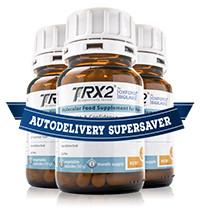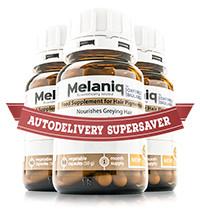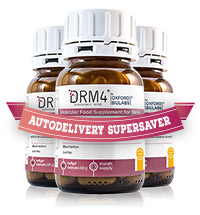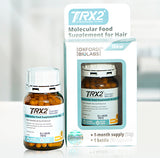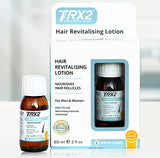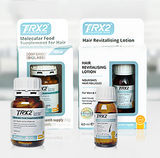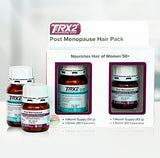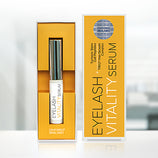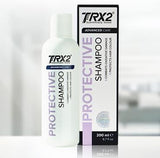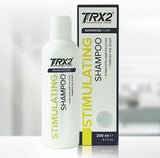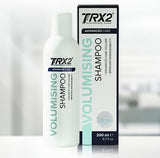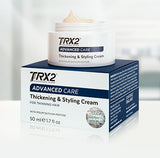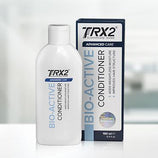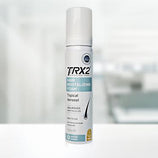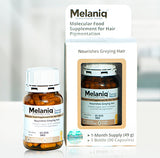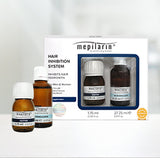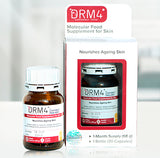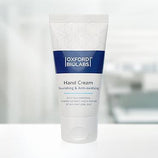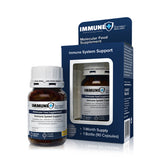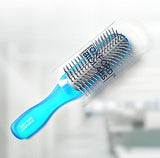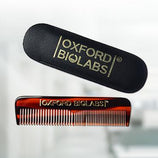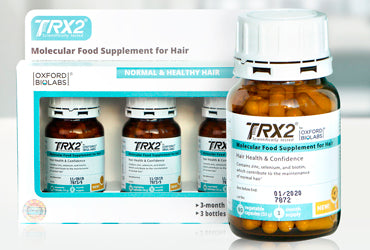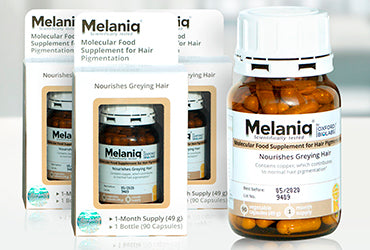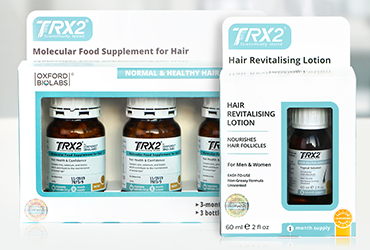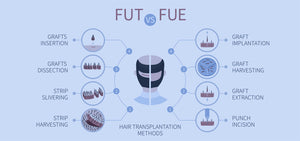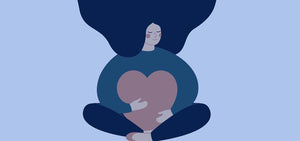What are the main alternative hair loss treatments available today?
Feeling depressed about hair loss? Do you wish you could solve this problem using a safe, simple, effective method? Every day there are new stories about methods or techniques that claim they can fix hair loss. Vitamin complexes, extracts, and natural ingredients are practically harmless and won’t inflict any unwanted effects. There are other more traumatic methods for treating hair loss like mesotherapy and dermarolling. While the last two are relatively new to the scene, they may still prove themselves as alternative hair loss treatment methods.
What is dermarolling and how does it help with hair loss?
Dermarolling involves the use of a special device that looks something like a lint roller, except it has many small needles. The thought behind this method is that the micro injuries to the skin activate vital processes that promote healing. In addition to the use of dermarolling for treating scarring, stretch marks, and wrinkles, there has been increased interest in the prospect of using it for treating hair loss.
A recent scientific study showed a significant result when combining Minoxidil with dermarolling. Minoxidil happens to be one of a handful of FDA-approved medications, although the side effects of Minoxidil turn many hair loss sufferers away.
Read more in our article that answers the top 5 questions about dermarolling.

What is mesotherapy?
Mesotherapy is an alternative method used for treating hair loss which involves micro-injections of vitamin and other solutions into the mesoderm, or middle layer of skin. It’s similar to dermarolling, except dermarolling does not involve injecting any solutions into the skin. The theory behind this technique is that if vital nutrients could be introduced directly into the skin, they could stimulate new hair growth by activating cell metabolism, improving blood circulation around hair follicles, and reducing inflammation. Proponents of mesotherapy also claim that there is a distinct DHT (dihydrotestosterone) blocker effect from mesotherapy. DHT is the hormone that causes androgenetic alopecia (pattern hair loss) and makes hair follicles shrink with age and genetically dependent factors.
Can mesotherapy help with hair loss?
Normally, this procedure is spread out in sessions of 7-10 days of daily injections. The procedure lasts about a half hour, and results usually appear after about two months of injections.
Although recommended as a safe procedure by many hair clinics, mesotherapy has a dark side. Many people claim that this method works, but for some, the effects are a total opposite. A study published in 2017 in the Journal of Cosmetic Dermatology showed that mesotherapy for androgenetic alopecia may paradoxically induce hair loss and scarring. So while there are few side effects that appear right after injection, there is a possibility of having long term side effects.
How does laser therapy improve hair growth?
The use of laser therapy for solving hair loss was first discovered in the 1960s. A Hungarian physician performing an experiment on mice which involved shining a laser on an exposed patch of skin, found that hair density surprisingly increased.
Since then, there have been a handful of studies done that show the efficacy of this method. For example, in 2013, researchers concluded that laser light therapy for hair loss was both safe and effective.
Most scientists and hair experts agree that hair low level light therapy has profound effects with wavelengths of 635-650 nm. Potentially, longer wavelengths like 810 nm (out of the infrared spectrum) could show even better results because of the penetrating power.
Big, name-brand companies have already taken advantage of this new use for lasers by incorporating laser light therapy into combs. Now, with a few strokes, one not only does his/her hair in the morning, but also stimulates hair growth at the same time. Manufacturers have even expanded into laser headbands, a hands-free way to get healthier hair.

Natural hair loss treatments
Drug-free alternative hair loss treatments may not always be the most effective, but weighing the benefits and risks of drugs compared to natural supplements is a no-brainer. Apart from the aforementioned dangers of Minoxidil, the other FDA approved drugs, 5α-reductase inhibitors, have been shown to have prolonged negative effects (including persistent erectile dysfunction).
There are dozens of products on the market with various combinations of vitamins and minerals, and various plant extracts, but which are the most effective?
Plant sources
- Saw Palmetto (Serenoa repens) - Is a common species of palm. The fruit of the saw palmetto is made into an extract and is often used in hair loss supplements. Dihydrotestosterone (DHT), is the hormone responsible for shortening of the anagen (growth) phase of hair growth. Saw palmetto is thought to inhibit DHT, although a study involving men with prostate hyperplasia (also caused by DHT) provided no improvement for prostate disease.
- Aloe Vera - Considered a wonder plant, Aloe Vera is said to be an excellent moisturiser. It contains many different proteins, enzymes, and vitamins (B1, B2, B6, B9 (folic acid), C, and E), that nourish the hair follicles and prevent thinning and breakage.
- Withania somnifera - Known commonly as ashwagandha or Indian ginseng. In Ayurvedic medicine, it is highly regarded for having stress-relieving, hormone-balancing, and anti-ageing properties.
- Gotu Kola - A flowering plant native to Asia that improves circulation and immune function to stimulate and protect hair follicles. Studies have shown it effective on its own, but even better results were demonstrated using a polyherbal ointment for hair growth.
- Tricholastyl™ Complex - Made from the bark of the exotic Indian kino tree, Tricholastyl™ was developed as a natural way to strengthen and restore hair growth. It prevents inflammation, neutralises free radicals, and may aid in naturally solving ageing of the scalp.
Vitamins and minerals
- Biotin - The most well-known hair, skin, and nails vitamin. It’s involved in protein synthesis, specifically keratin, the protein that gives hair structure and strength.
- Niacin (Vitamin B3) - Increases blood and nutrient flow in hair follicles, and improves the barrier properties of skin. It also reduces scalp inflammation, and stimulates protein synthesis.
- Zinc - Inhibits hair follicle regression, and accelerates hair follicle recovery. Zinc and Selenium are fundamental components of the two most powerful antioxidant and anti-ageing enzymes in the body.
-
Selenium - Stimulates hair follicle cell growth, protects the body from free radicals (oxidative stress), and is recommended to be taken with Zinc for fuller, thicker hair.
